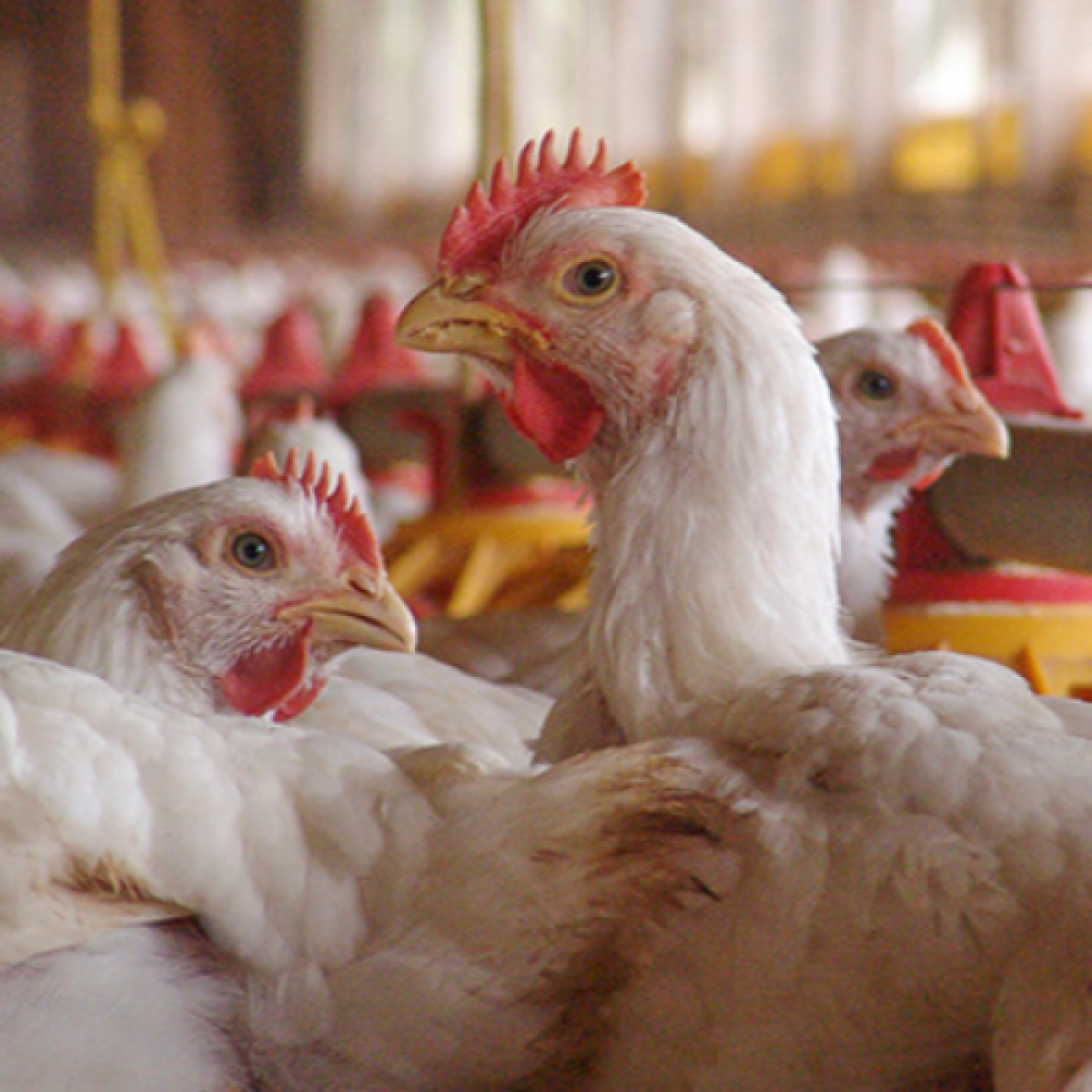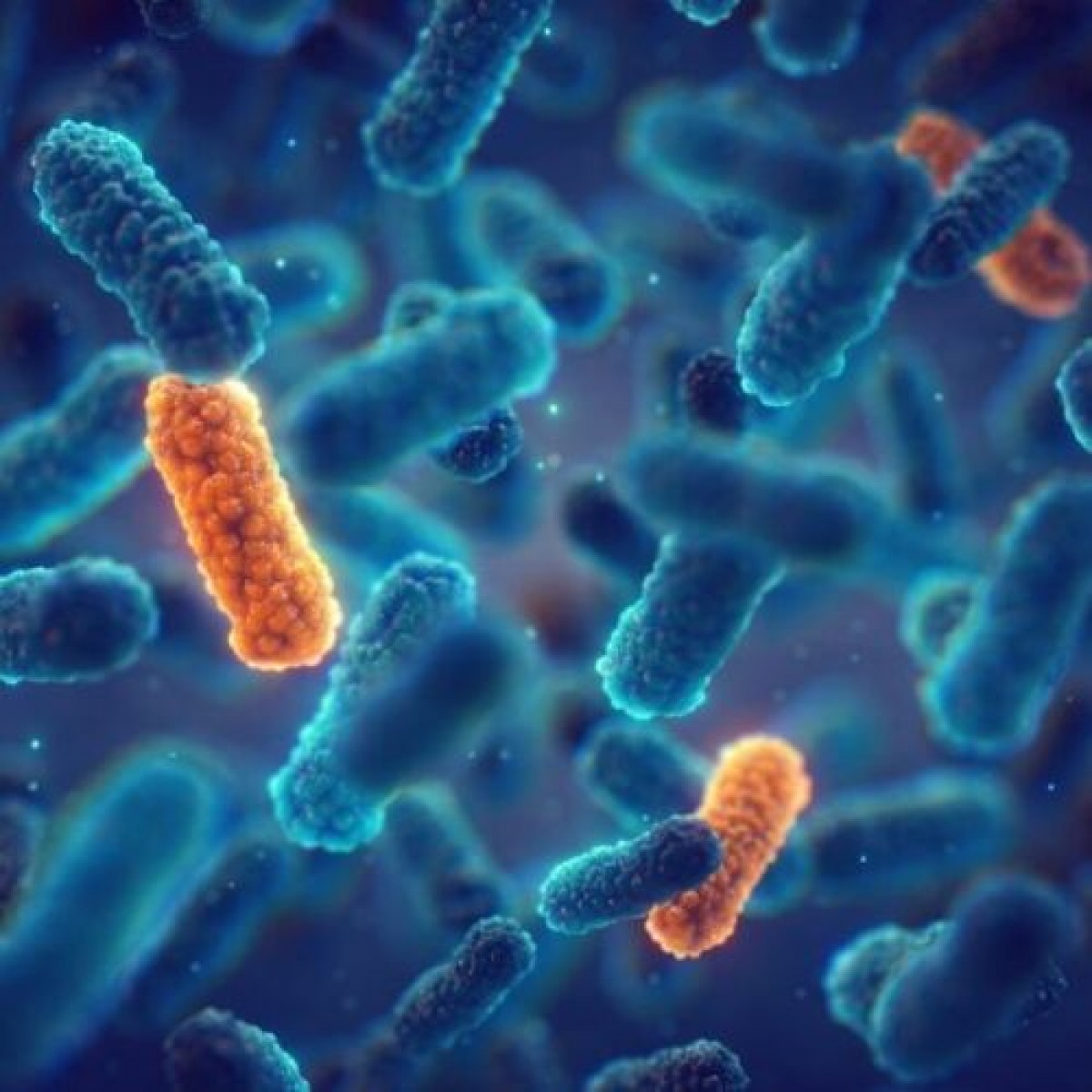Poultry veterinarians in health and production
What are the roles played by poultry veterinarians and why do we need them? As a North Vancouver native, this is a question I find myself answering all too often to my family and friends. As I am not from a farming background, when I say “poultry veterinarian” they immediately picture me performing turkey brain surgery or doing CPR on a pheasant, and while I am sure there is a vet somewhere out there who has attempted these procedures, this of course is not my role as a poultry veterinarian.
I am a first-year poultry veterinarian who graduated from the Western College of Veterinary Medicine in 2020. The following is an outline of the role that I and others play in the poultry industry as avian pathologists, poultry vets, and chicken masters.
Poultry is the fastest growing food animal commodity in the world, with chicken meat estimated to be the most consumed meat in the world in 2019, due in part to changes in the pig supply attributable to African Swine Fever (1). In 2018, Canadian poultry farmers produced a record 1.465 billion kg of poultry (2). While everyone understands that this meat does not simply appear in the grocery store fridges and freezers, practically, this is what most people experience, and this is about as far as the relationship extends between most people and poultry production.
In reality, poultry production is a complicated relationship between primary breeder companies, hatcheries, producers, feed mills, and processing plants, all intertwined with biology, industry, public health, welfare, and politics. The fun part, and the challenging part of being a poultry veterinarian is that we are trained to have our hands in it all.
Authors: Adam Lichtensteiger
Source: https://pmc.ncbi.nlm.nih.gov/














List
Add
Please enter a comment